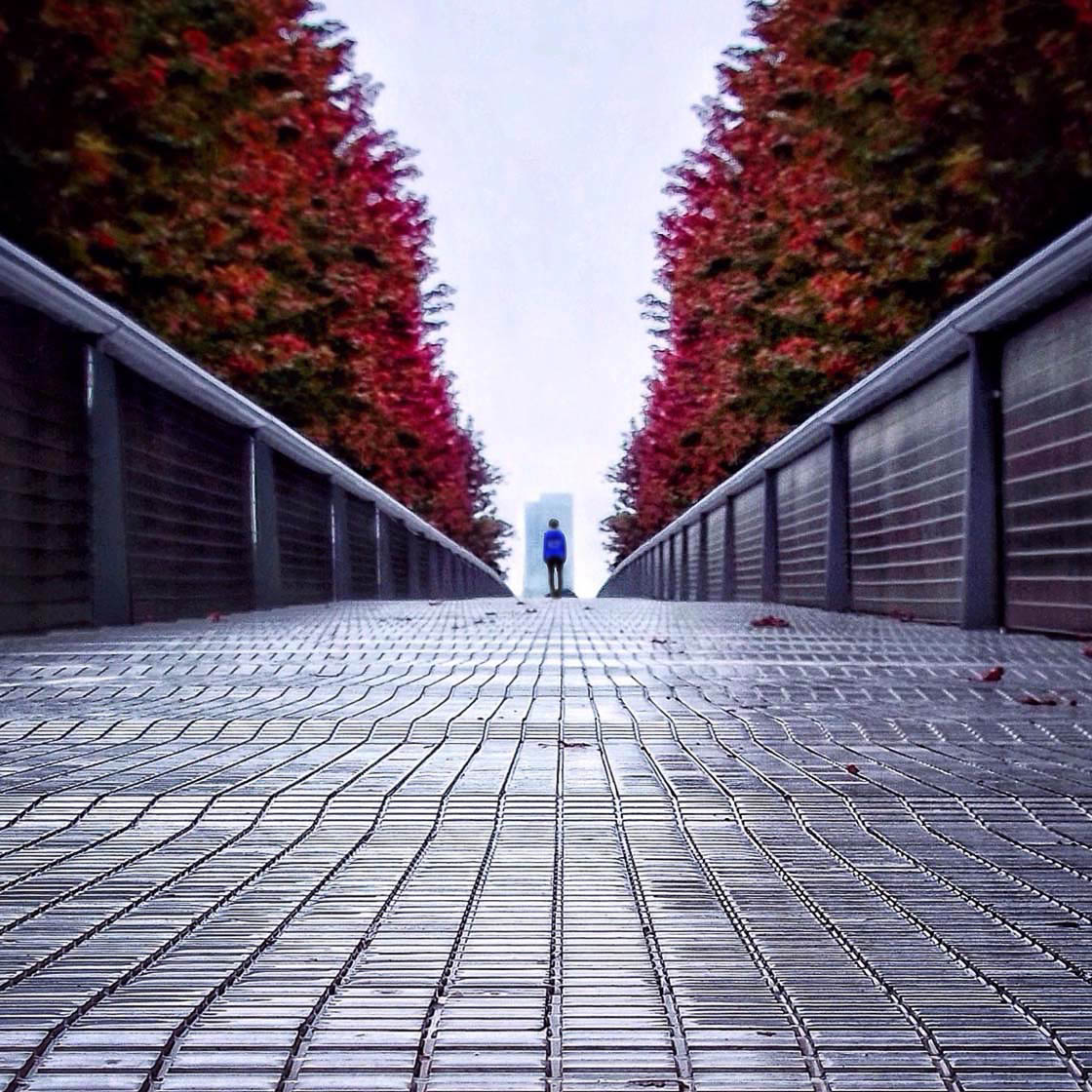Street Photographers - Truths
Street Photographers - Truths
Blog Article
The smart Trick of Street Photographers That Nobody is Discussing
Table of ContentsUnknown Facts About Street PhotographersThe 45-Second Trick For Street PhotographersThe Facts About Street Photographers RevealedThe Street Photographers StatementsThe 7-Second Trick For Street Photographers
A category of digital photography that records everyday life in a public place. The actual publicness of the setup allows the digital photographer to take honest pictures of strangers, usually without their expertise. Street photographers do not always have a social function in mind, but they like to isolate and record moments which might or else go unnoticed (Street Photographers).He was affected by several of those who affected the road professional photographers of the 1950s and '60s, he was not primarily interested in capturing the spirit of the street., that functioned side by side with photographers trying to record the essence of urban life.
Due to the fact that of the somewhat primitive innovation available to him and the long exposure time needed, he battled to capture the stress of the Paris roads. He tried out with a collection of photographic methods, attempting to discover one that would certainly permit him to capture movement without a blur, and he discovered some success with the calotype, patented in 1841 by William Henry Fox Talbot. In comparison to Atget, digital photographer Charles Marville was hired by the city of Paris to create an encyclopaedic file of Haussmann's metropolitan planning job as it unravelled, therefore old and brand-new Paris. While the digital photographers' topic was basically the very same, the outcomes were markedly different, demonstrating the impact of the photographer's intent on the character of the images he generated.
Given the fine top quality of his photos and the breadth of material, engineers and musicians commonly purchased Atget's prints to use as referral for their very own work, though business interests were hardly his primary motivation. Instead, he was driven to photo every last remnant of the Paris he liked. The mingled enthusiasm and seriousness of his objective luster through, causing pictures that tell his very own experience of the city, top qualities that prepared for road photography of the 20th century.
3 Simple Techniques For Street Photographers
They reveal the city via his eyes. His work and essential understanding of photography as an art form acted as inspiration to generations of photographers that adhered to. The next generation of road professional photographers, though they likely did not describe themselves therefore, was ushered in by official website the photojournalism of Hungarian-born digital photographer Andr Kertsz.
Unlike his peers, Brassa made use of a larger-format Voigtlnder cam with a longer direct exposure time, requiring him to be more calculated and thoughtful in his technique than he may have been if making use of a Leica.
Cartier-Bresson was a champion of the Leica video camera and among the initial photographers to maximize its abilities. The Leica permitted the photographer to engage with the environments and to capture moments as they occurred. Its fairly little dimension likewise assisted the professional photographer discolor right into the history, which was Cartier-Bresson's recommended approach.
See This Report about Street Photographers
It is due to this basic understanding of the art of image taking that he is usually attributed with finding the medium all over again roughly a century because its creation. He took photographs for greater than a half century and affected generations of professional photographers to trust their eye and intuition in the moment.
These are the inquiries I will attempt to answer: And afterwards I'll leave you with my very own meaning of street digital photography. Yes, we do. Allow's begin with defining what an interpretation is: According to (Street Photographers) it is: "The act of defining, or of making something certain, distinct, or clear"
No, absolutely not. The term is both limiting and deceiving. Seems like a road digital photography ought to be images of a streets right?! And all road professional photographers, other than for a little number of absolute novices, will fully value that a street is not the vital element to road photography, and in fact if it's a photo of a road with perhaps a couple of dull individuals doing nothing of passion, that's not street digital photography that's a snapshot of a road.
The 8-Minute Rule for Street Photographers
He makes a legitimate factor don't you think? While I agree with him I'm not sure "candid public digital photography" will certainly capture on (although I do kind of like the term "honest digital photography") due to the fact that "road photography" has been around for a long time, with numerous masters' names affixed like this to it, so I believe the term is here to stay (Street Photographers).
You can shoot at the coastline, at an event, in an alley, in a park, in a piazza, in a cafe, at a museum or art gallery, in a city terminal, at an event, on a bridge, under a bridge ...
Yes, I'm afraid we scared no choice! Without regulations we can not have a meaning, and without a meaning we do not have a style, and without a style we don't have anything to define what we do, and so we are stuck in a "guidelines meaning category" loophole!
How Street Photographers can Save You Time, Stress, and Money.

Report this page